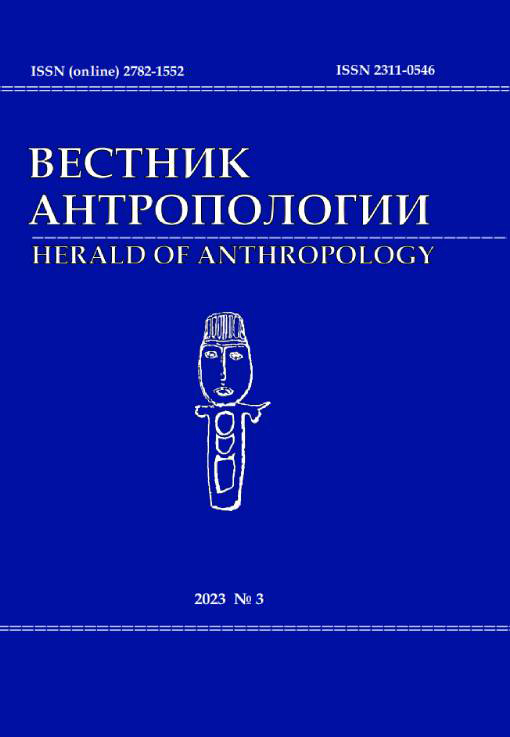Маскулинные образы и конструирование исландской нации в XXI веке: историографический анализ
DOI: 10.33876/2311-0546/2023-3/262-269
Ключевые слова:
Исландия, маскулинность, образы, нация, конструктивизм, историографияАннотация
Зародившись в середине XIX в., исландский национализм претерпел за полтора столетия некоторые изменения, однако доминантные маскулинные образы всегда оставались его составной частью, и в этом смысле современный этап – не исключение. Начало 2000-х гг. было отмечено резким экономическим ростом и последующей финансовой экспансией Исландии, на фоне которых особую популярность приобрели «бизнес-викинги» – банкиры и предприниматели, ответственные за этот успех. После экономического кризиса 2008–2009 гг. образ «бизнес-викинга» на какое-то время перестал быть актуальным, а распространение получили идеи об особенности исландцев, являющихся наследниками «Золотого века» (времени демократии альтинга и независимости Исландии). Эти идеи также дополнились мифом об «исключительном» антикризисном менеджменте. Тем не менее, вопреки тяжелейшей рецессии, Исландии удалось поддержать и даже укрепить свой международный престиж, основывающийся теперь на идее о том, что эта страна является «колыбелью демократии». Если раньше (2000-е) главным национальным символом был «бизнес-викинг», а Исландия воображалась страной лучших финансистов, то после кризиса стали подчеркиваться устойчивость к катаклизмам и «природные» (унаследованные от предков «Золотого века») сила и живучесть исландцев. То есть, если рассуждать в терминах Д. Пуар и К. Слутмэкерса, в дискурсе произошел переход от гетеро- к гомо-национализму.






















